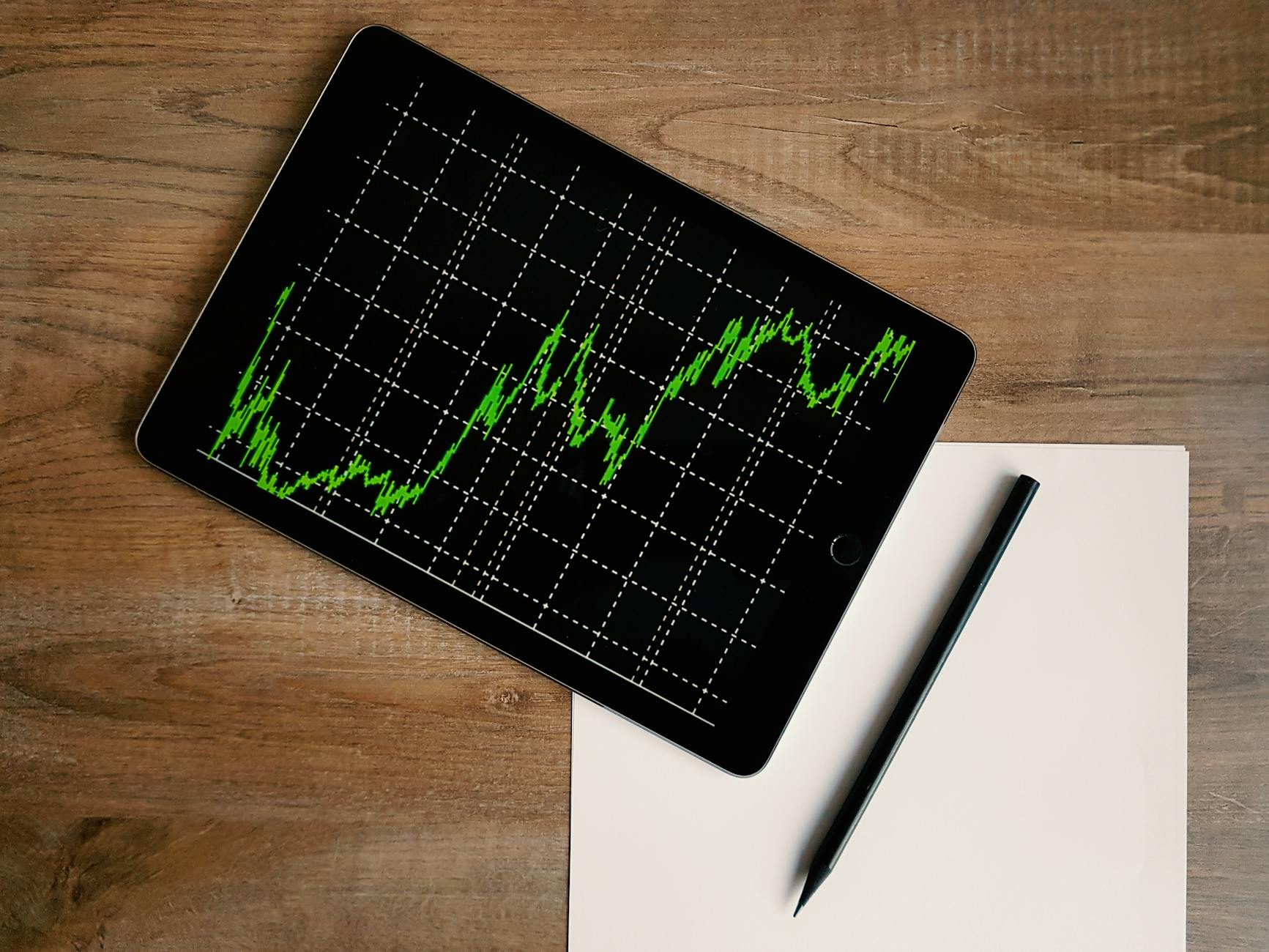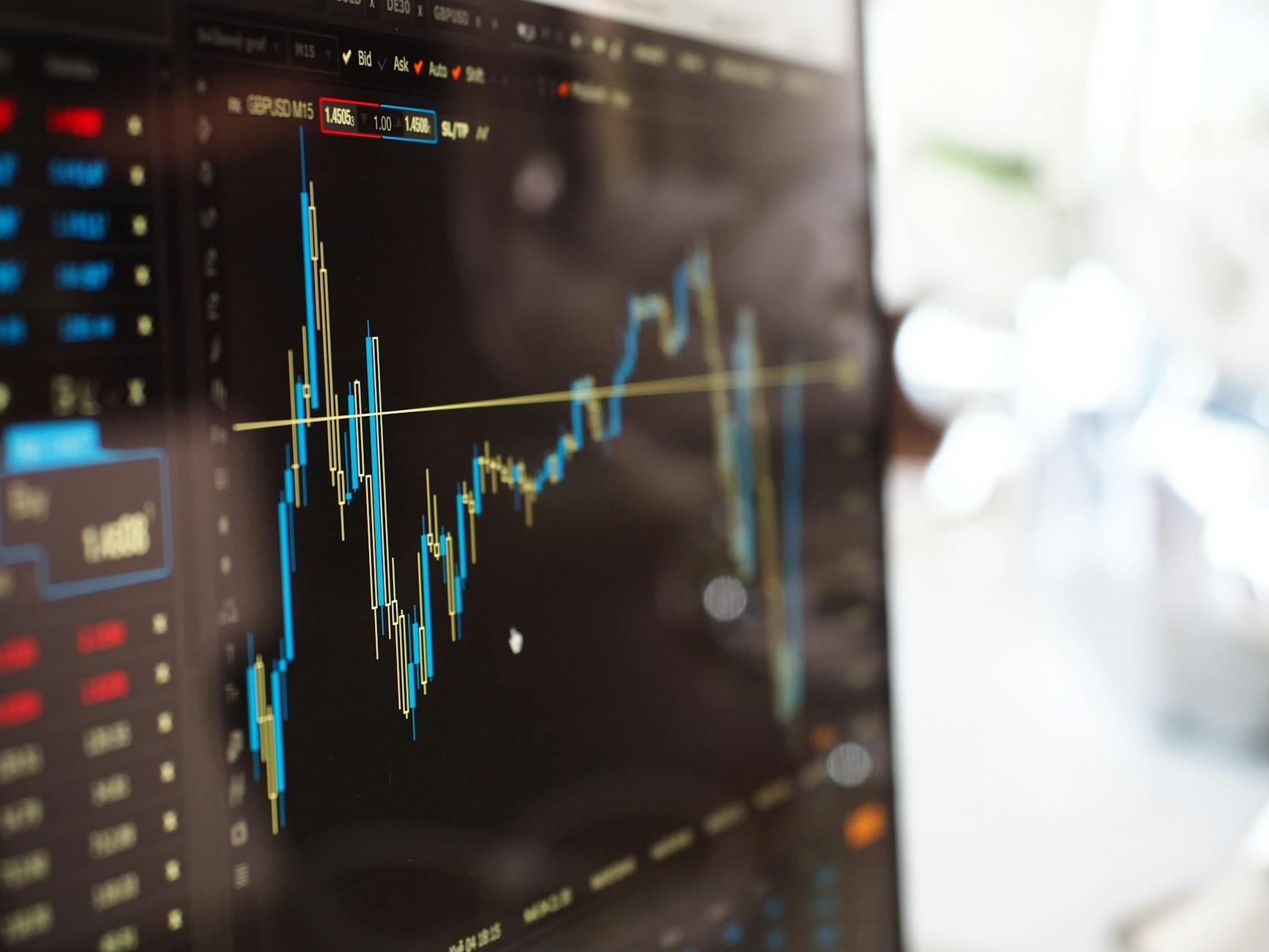Estimated reading time: 7 minutes
An exhaustive deep dive into the risks, benefits, and market insights for 2025.
What is Private Equity? A Comprehensive Overview
Private equity (PE) is an alternative investment class focused on investing in or acquiring private companies not listed on public stock exchanges. PE firms, led by general partners (GPs), raise capital from institutional investors—such as pension funds, endowments, and high-net-worth individuals—who act as limited partners (LPs). These funds are then used to invest directly into private entities.
The most common strategy is a leveraged buyout (LBO), where a PE firm acquires a controlling stake in a mature company, using a significant amount of borrowed money. The goal is to enhance the company’s value through operational improvements, strategic initiatives, and management changes over a period of 4 to 7 years. The investment is then exited through an initial public offering (IPO), a sale to a strategic buyer, or a secondary sale to another PE firm, generating substantial returns for the LPs.
Beyond LBOs, private equity includes several other alternative investment strategies:
- Venture Capital: Investing in early-stage startups with high growth potential, often before they generate significant revenue.
- Growth Equity: Taking minority stakes in more mature, rapidly expanding companies to fuel their growth without a leveraged buyout.
- Distressed Investing: Acquiring struggling or bankrupt companies with the aim of restructuring them and turning them around for a profit.
- Mezzanine Financing: Providing a hybrid of debt and equity financing, which typically ranks below senior debt but above common stock in a company’s capital structure.
The Benefits of PE Investing
Private equity offers several compelling advantages that draw in sophisticated investors seeking to enhance their portfolios. The primary allure is the potential for superior returns, which are often attributed to the illiquidity premium. This means investors are compensated with higher yields for locking up their capital for long periods. As the data shows, PE has historically outperformed public markets, generating higher annualized returns over decades.
- Superior Returns: PE has historically outperformed public markets, with annualized net returns of 13.1% vs. the S&P 500’s 9.4% from 1986-2023. This outperformance is driven by the illiquidity premium and active value creation.
- Portfolio Diversification: PE investments have a low correlation (0.4-0.6) with public stocks, making them an excellent tool to diversify your portfolio and reduce overall volatility. Adding PE can significantly improve risk-adjusted returns and provide a buffer during market downturns.
- Access to Unique Opportunities: PE provides access to a vast universe of private companies, which make up over 90% of all businesses in the US. This includes high-growth startups and undervalued assets that are not available to public market investors.
- Active Ownership: Unlike passive public stock investors, PE firms take an active role in managing and improving their portfolio companies. This hands-on approach involves implementing operational efficiencies, optimizing management, and executing strategic expansions, all which drive significant value creation.
Historical PE vs. S&P 500 Returns (1986-2023)
Navigating the Risks of Private Equity
While the potential rewards are significant, private equity is fraught with substantial risks that demand careful consideration. The illiquidity of these investments is a primary concern, as capital is locked up for a decade or more, with no guarantee of when or how distributions will be made.
- High Illiquidity: Investments are locked up for 7-10+ years, with no easy way to withdraw capital. This can lead to capital being trapped during market downturns and forces LPs to sell at steep discounts on the secondary market.
- High Leverage: LBOs use substantial amounts of debt (often 50-70% of the deal value), which can amplify both returns and risks. A small operational setback or economic downturn can make it difficult for the company to service its debt, leading to default or bankruptcy.
- Valuation Opacity: Unlike public companies with daily stock prices, PE valuations are infrequent and based on subjective appraisals. This lack of transparency can mask true risks and make it difficult for investors to accurately assess the value of their holdings.
- High Fees: The typical “2-and-20” fee structure (2% annual management fee plus 20% of profits) can significantly erode investor returns, especially in lower-performing funds. These fees are paid even if the fund generates poor returns, making it a difficult hurdle to overcome.
- Concentration Risk: A small number of top-quartile funds drive the majority of PE outperformance. However, there is very low persistence in fund performance, meaning a top-performing fund in one vintage year may not repeat that success in the next. This makes manager selection incredibly challenging and introduces significant concentration risk.
PE Drawdowns vs. Public Markets (Key Crises)
Who Invests in Private Equity? Key Players & Market Insights
Private equity attracts a diverse array of investors, but it is primarily dominated by institutional players and high-net-worth individuals (HNWIs). Pension funds lead the way, dedicating a significant portion of their portfolios to PE to secure long-term returns needed to meet future obligations. Endowments and sovereign wealth funds are also major players, seeking high returns and diversification.
PE Allocation by Investor Type (2025 Estimates)
Looking at the market as a whole, the industry continues its impressive growth trajectory. The total assets under management (AUM) are projected to hit $9 trillion by mid-2025. This growth is fueled by a massive amount of “dry powder”—uncommitted capital waiting to be deployed—which has reached a record high, indicating strong investor appetite and potential for future deal activity.









